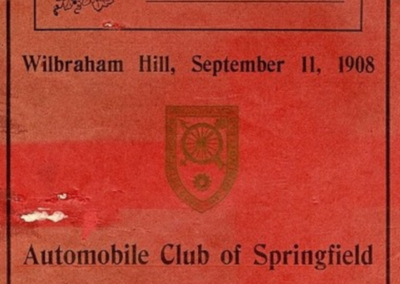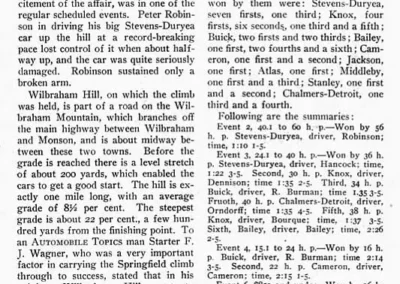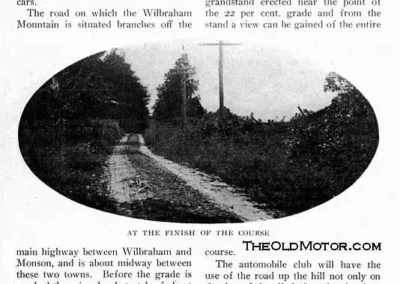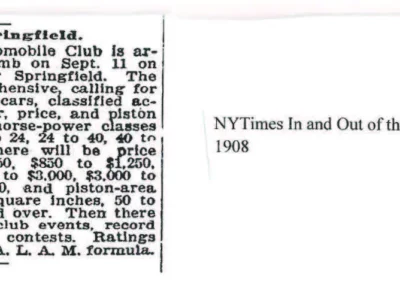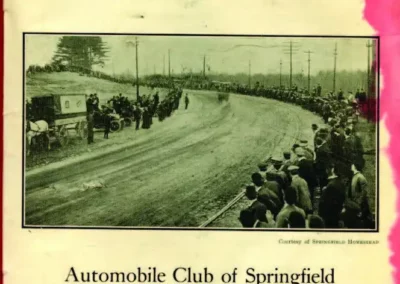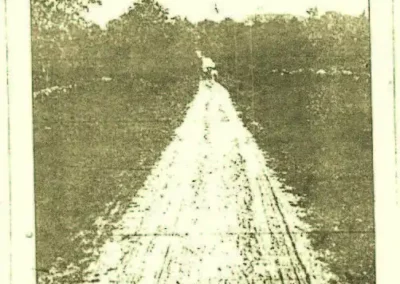Setting the Stage
As you can probably imagine, cars of the late 19th century were not nearly as reliable and powerful as cars today. Some early cars were better than others, but no matter the car, it was never a guarantee that you would make it to your destination without a hiccup. On top of that, the roads of the time were treacherous. They were unpaved dirt roads, covered in potholes, bumps, mud, and rocks.
The lawn mower you have in your shed right now most likely has more horsepower than most of the cars of this era. This made climbing steep roads or hills a big challenge for these automobiles. Auto manufacturers of the time knew this, so they worked to improve the abilities of their vehicles. To show off their innovations, the Hill Climb style race was born.
The Allure of Hill Climb Racing
The average person was still very skeptical of automobiles when they first came out. They were expensive, required gasoline and lots of maintenance, and were very difficult to operate. Automobile manufacturers of the time needed to gain the public’s trust and prove that their car was the best one on the market. And so automobile racing was born.
The origins of hill climb racing can be traced back to the dawn of the automobile era as well. For manufacturers, hill climb events provided an invaluable opportunity to demonstrate the power, durability, and handling abilities of their latest models. Many spectators would come to watch these vehicles attempt to conquer the challenging terrain, and if they did, how fast could they do it?
As technology advanced and racing regulations evolved, hill climb competitions became a breeding ground for innovation, with engineers constantly refining engines, suspensions, and aerodynamics to gain a competitive edge. Today, the legacy of hill climb racing continues to influence the design and engineering of high-performance cars, ensuring its place as a cornerstone of racing history.
Springfield, Massachusetts: The Motor City
When you think of ‘The Motor City,’ you probably think of Detroit, Michigan, as most people do. However, back in the early 20th century, Western Massachusetts and Northern Connecticut were home to hundreds of small automobile manufacturers. Some of the most notable were the Springfield Rolls-Royce, Knox Automobile, Stanley Steamer, Pope-Hartford, Locomobile, Stevens-Duryea, Indian Motorcycle, and many more. This led to a lot of competition in the area for the people who were in the market for a brand-new car.
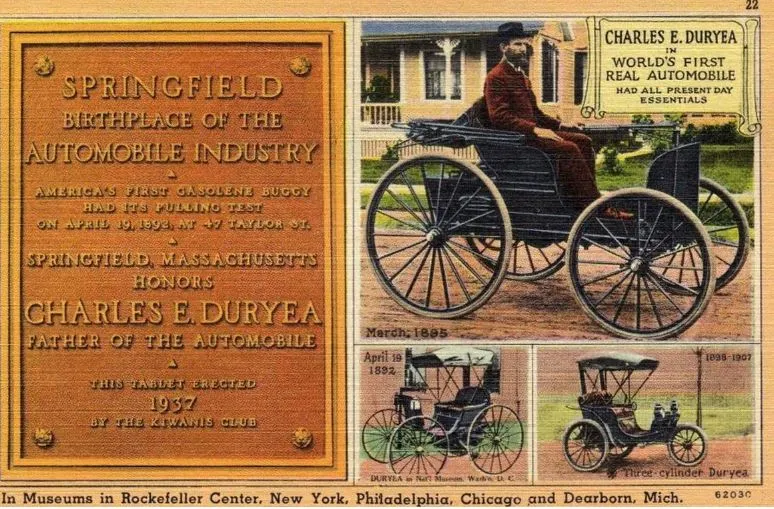
The Start of the Wilbraham Hill Climb
Considering the challenges that came with starting the American Automobile Industry, the Wilbraham Hill Climb was born as a way for early auto manufacturers of Western Massachusetts and Northern Connecticut to test and show off their cars. On September 11th, 1908, the Town of Wilbraham and the Springfield Automobile Club (sponsored by Automobile Club of Massachusetts), unknowingly held one of the first Automobile Hill Climb Races in America. For reference, the Pike’s Peak Hill Climb didn’t begin until 1916, eight years later!
The Race Course
The one-mile course went up Monson Road in Wilbraham and finished just before reaching Ridge Road on the way to the town of Monson. The road boasts a grade of 23% and an elevation increase of around 750 feet. This Monson Road course was considered for many years, “the toughest climb in New England.” Monson Road back in those days also had a hair-raising “switchback” curve about halfway up the course. This added an additional level of difficulty to the climb, trying to turn at high speed on an unstable road.
The automobile club had the use of the road for four days before the hill climb. This gave the participants time to do practice runs and time for the club to prepare the course. The club also tried to prepare the course as best they could by removing any debris they could and building a grandstand for spectators overlooking the steepest grade. The grandstand gave the spectators a total view of the entire course.
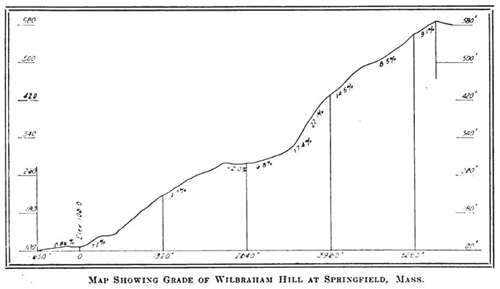
September 11th, 1908
After preparing for the last few days, race day was finally here. The day consisted of twenty-one events that all 72 racecars would compete in. Each event was for a different type of car, based on price and/or horsepower. Some of the car companies that competed were Stevens-Duryea, Knox Automobile, Buick, Stanley Steamer, Chalmers-Detroit, Pope-Hartford, Cameron, Middleby, Jackson, Bailey, and Atlas. The cars were timed over a measured mile by the Timing Club of New York City. The event also brought a large number of spectators; about 5,000-6,000 of them to be exact. The course was lined on both sides with their estimated 800 automobiles! Keep in mind, the Town of Wilbraham saw its first automobile just 3 years before (1905).
The race ended with Stevens-Duryea and Knox Automobile leaving victorious. Stevens-Duryea won the most events (7) but Knox Automobile had the fastest lap time. Charles Basle drove the Knox 48, which completed the mile-long course in just 1 minute 8 seconds (0:01:08.0), and an average speed of 52.9 miles per hour.
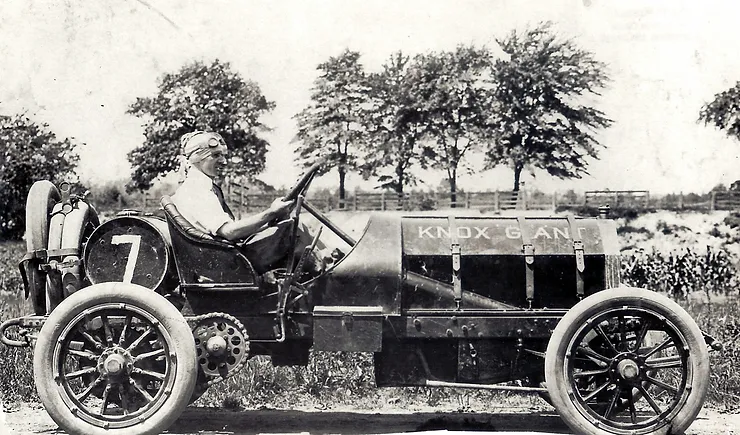
Charles Basile, Winner of 1908 Wilbraham Hill Climb
Charles drove this Knox 48 (pictured above) up the mile long course in 1 minute 8 seconds, to bring his average speed to 52.9 mph!
There was only one racing accident reported that day, a Stevens-Duryea, driven by Peter Robinson, rolled over and the car completely wrecked. Peter was thrown clear of the vehicle and sustained only a broken leg.
The Modern Wilbraham Hill Climb
In 2013, George Holman, the Town of Wilbraham, and the VSCCA (Vintage Sports Car Club of America) decided to re-enact the historic Wilbraham Hill Climb to celebrate the town’s 250th anniversary. The reenactment was a huge success, drew a large crowd, and everyone had a really fun time. So, George decided to continue and do the Hill Climb on a bi-annual basis, continuing in 2015 and 2017. Due to some complications, it was not continued in 2019 but had plans to restart again in 2020. But again, it was canceled because COVID-19 had other plans.
In 2022, George approached Jeff DeMarey, who had helped out in years past, and asked him if he would like to take over as the chairman of the event. After agreeing, Jeff and the rest of the Springfield to Boston Education Foundation team decided to make some pretty big changes, starting by holding the event on an annual basis. They also decided to make it more of a entire community event, partnering with the local high school to hold a car show, bringing in vendors, museums, and food trucks, and even holding a plant and craft sale.
2023 was the first Wilbraham Hill Climb presented by the combined efforts of Jeff, George, and the Springfield to Boston Education Foundation. The changes paid off, and the hill climb saw record numbers and was a smashing success. But we think it’s still in its baby stages…
This year, 2024, is on pace to be the biggest and most eventful Wilbraham Hill Climb yet. We made even more improvements, making it more accessible and enjoyable for everyone. We’re expecting to shatter our previous records in terms of attendance and cars attending. Check out more details about this upcoming year by clicking here!
Gallery
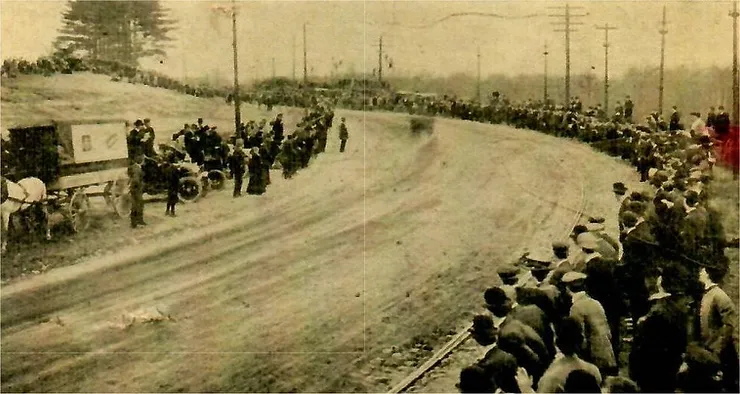
The Wilbraham Hill Climb - 1908
The entire race course was lined with people and cars on either side. This picture was taken just before the corner on Monson Rd, looking up the hill.
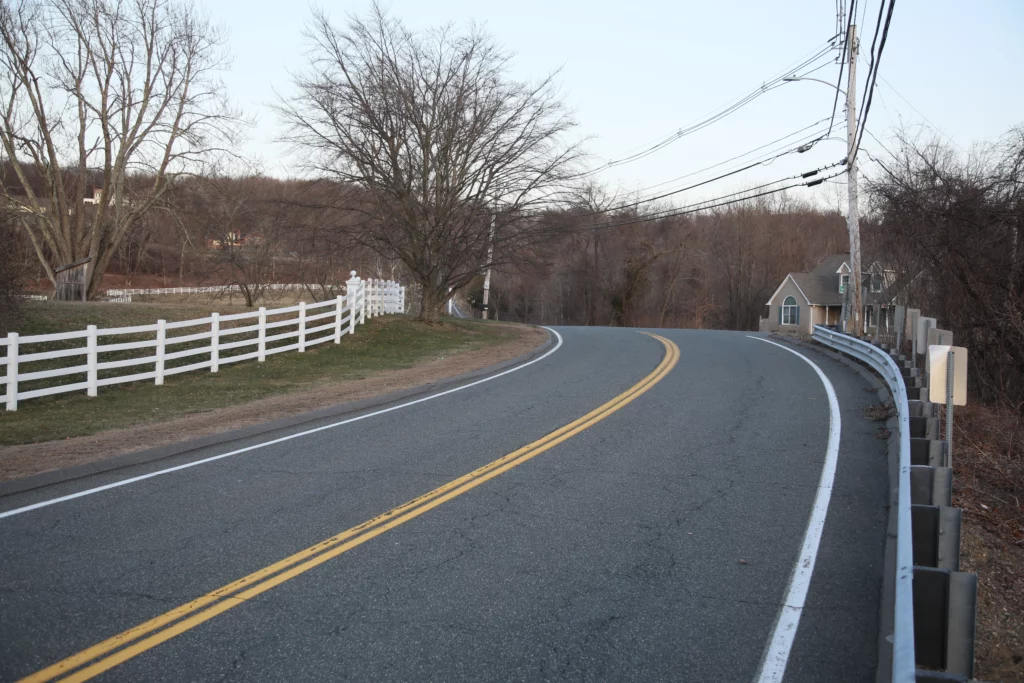
The Same Spot - 2024
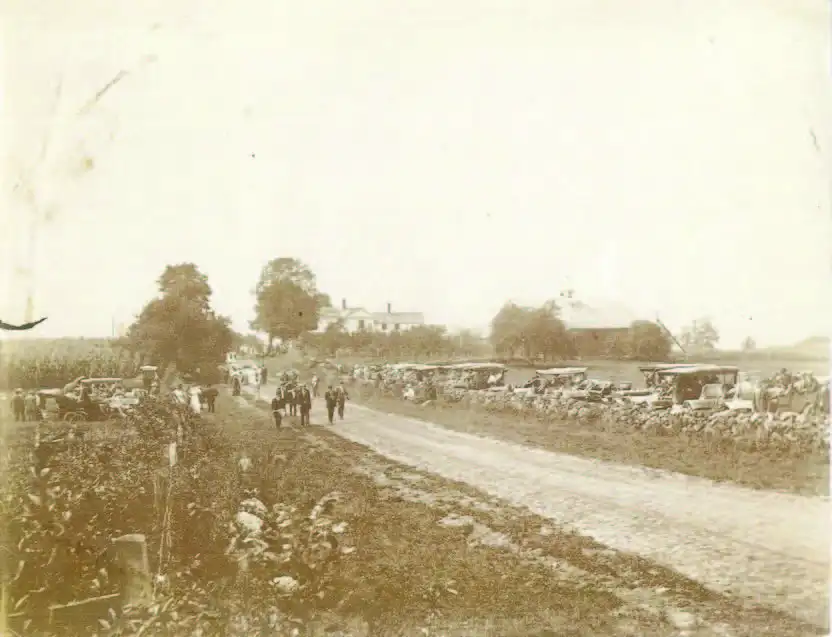
The Wilbraham Hill Climb - 1908
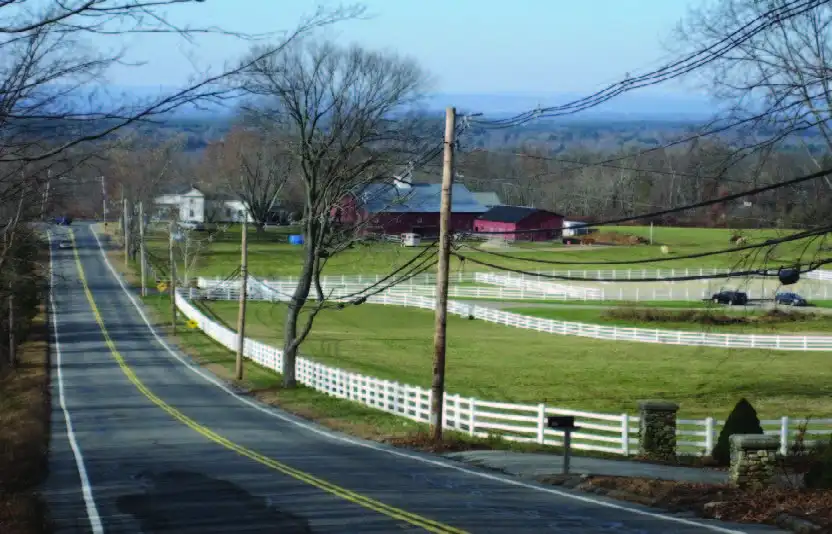
The Same Spot - 2017
Although they look very different, you can still recognize the house and barn in both pictures. They have since been taken down.

